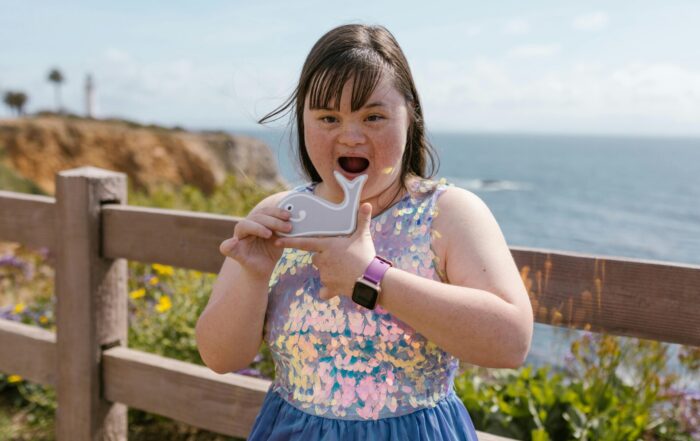
By Helaina Hovitz
As I worked more furiously towards the deadline of finishing the edits on my memoir about growing up with Post Traumatic Stress Disorder while verbally telling my story over and over again to others, I noticed things were happening to my mood and to my body that scared me.
What I soon came to realize was that, while Cognitive Behavioral Therapy, Dialectical Behavioral Therapy, and 12-Step Programs were all very effective in helping me recover, they didn’t target the way my body experienced and processed the trauma itself.
So, I embarked on a new journey to healing with EMDR (Eye Movement Desensitization Reprocessing) and Somatic Experiencing, which got me thinking about other methods that people might be using as an alternative for working out the way traumatic memories live inside of our subconscious brains, our muscles, and other body systems. And that’s how I stumbled on Dance Movement Therapy (DMT) as yet another approach to healing PTSD and its many systems.
Share This Post!
Addressing The Link Between Trauma And Addiction
By National Governors Association Many Americans have experienced traumatic events, toxic stress, and other types of adversity in childhood. However, repeated exposure to trauma and adversity in childhood predicts a variety [...]
The Health Benefits of Volunteerism
By Eric Burger It’s a simple fact that every nonprofit organization knows: volunteering makes you feel better. But did you know that the anecdotal stories about volunteering health benefits have been [...]
Checklist: Creating Safe Spaces for Youth
By Mental Health America Now more than ever, young people need an environment where they feel seen, heard, and valued. [...] Creating connection starts with you, so allow youth to get [...]
What is Childhood Trauma: Trauma Types
By The National Child Traumatic Stress Network When a child feels intensely threatened by an event he or she is involved in or witnesses, we call that event a trauma. There [...]
Racial Trauma
By Mental Health America Racial trauma, or race-based traumatic stress (RBTS), refers to the mental and emotional injury caused by encounters with racial bias and ethnic discrimination, racism, and hate crimes. Any [...]
For Children With a Disability, a Higher Risk of Trauma
By Steven Ross Johnson, US News Research released Wednesday by the Centers for Disease Control and Prevention shows a larger share of children with disabilities between 5 and 17 years of age [...]







